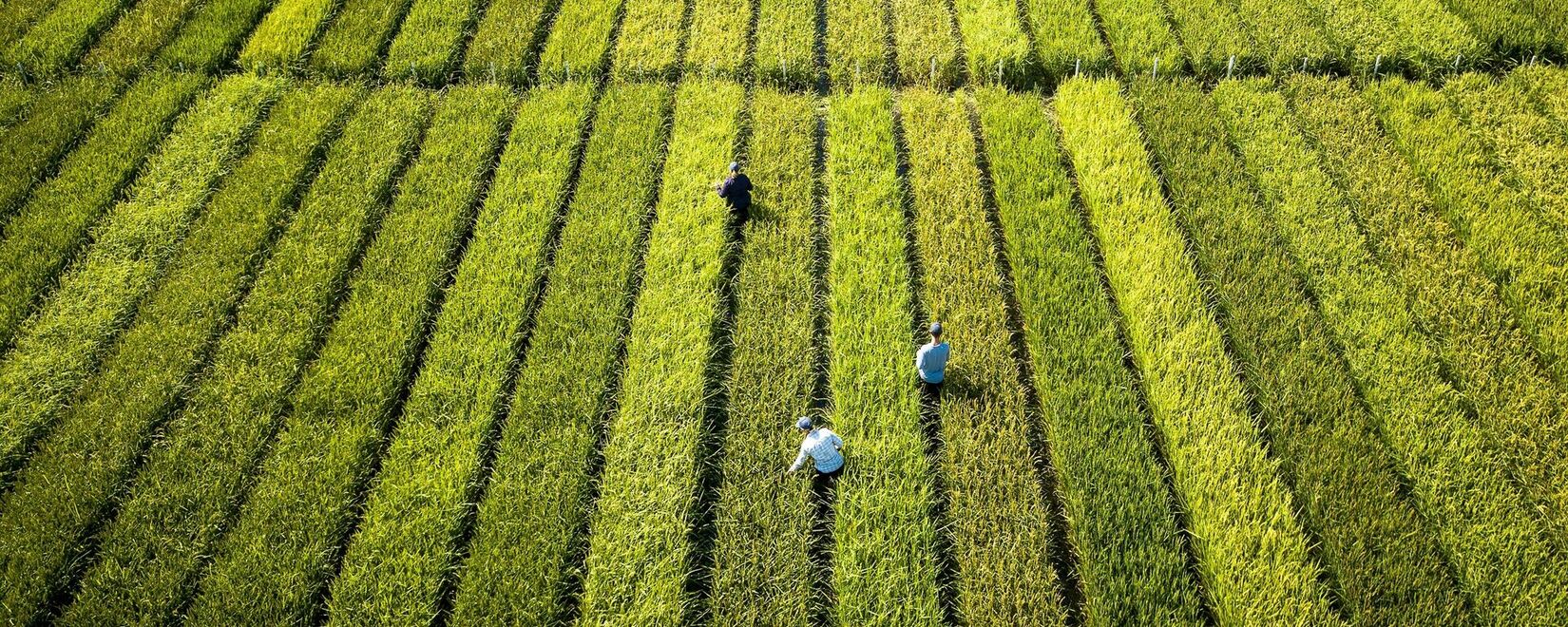As for Azerbaijan, here the demand for rice is mainly covered by imports. The country's self-sufficiency level in rice does not exceed 20 percent. According to the data from the State Customs Committee, in the first half of the current year, Azerbaijan imported 36,430 tons of rice amounting to 32,506,000 dollars. The average import price per ton was 892 dollars, which indicates an increase of 50 dollars compared to the same period last year. The majority of rice imported by Azerbaijan comes from India, as well as from Kazakhstan, Russia, Thailand, Pakistan, and other countries.
Experts are predicting a significant increase in rice prices in the coming months due to the described difficulties.
India, the world's major rice supplier, has imposed restrictions on white grain exports. This was followed by Pakistan, the UAE, and Russia, exacerbating the situation in the global market. In June, the price of rice rose to $496 per ton, surpassing last year's figure of $428.
International ratings agency Fitch Solutions announced that this year the global rice market will face the largest deficit in the past 20 years. Decreased yields are caused by floods, monsoon rains, and global warming. The war in Ukraine has also increased demand for rice.
According to farmers, selling rice at a price of 3-5 manats per kilogram was profitable last year. However, these prices are no longer sustainable today. Firdovsi Mahmudov, the head of the municipality of Artupp in Astara district, reported that 50 hectares of land in their administrative territory have been sown, with an expected yield of 35-40 centners. Last year, farmers faced difficulties in importing seeds from Iran, but this year there were no such problems, although expenses have increased.
Araz Mamedov, a farmer from Lankaran, stated that the price of rice sales will be known by the end of the month, and it is likely to be quite high.
Farmers from Zardab reported difficulties with watering the plantings. Water was primarily directed to grain and cotton fields, leaving other producers short of moisture. Rice requires a constantly wet bed, so they do not expect a good yield. As a result, this year, prices for domestic rice are expected to increase by 20-30 percent.
According to the Center for Agricultural Research of the Ministry of Agriculture, last year the area under rice cultivation in Azerbaijan was 3.1 thousand hectares, and rice production increased by 8.4 percent compared to 2021, reaching 11.6 thousand tons. In the 2021-2022 period, wholesale prices for 1 kilogram of rice ranged from 1.87 to 2.83 manats. Rice imports increased by 7.4 percent last year, reaching 50.2 thousand tons.
Firdovsi Fikretzade, the director of the Center for Agricultural Research, noted that the reduction in rice production in India due to natural disasters caused a shortage of supply in the global market. This situation has also affected Azerbaijan, where the need for rice is mainly met through imports. Russia, a major exporter of round rice, has also imposed restrictions on its sale until the end of the year. This impact will have a negative effect on the country's domestic market.
Economist expert Khalid Kerimli noted that disruptions in the grain market began after India's decision, which is the world's largest rice exporter and the main supplier to Azerbaijan. Rice yields in India decreased due to natural conditions, resulting in a 3 percent price increase. In Ukraine, the grain corridor is also closed, leading to rising prices for rice, wheat, buckwheat, and corn. Over the year, rice prices have increased by 12 percent.

 Trading platform
Trading platform 
 Monitoring
Monitoring  Express applications
Express applications 
 Fork Work
Fork Work 
 Service
Service  News
News  Directory
Directory 
